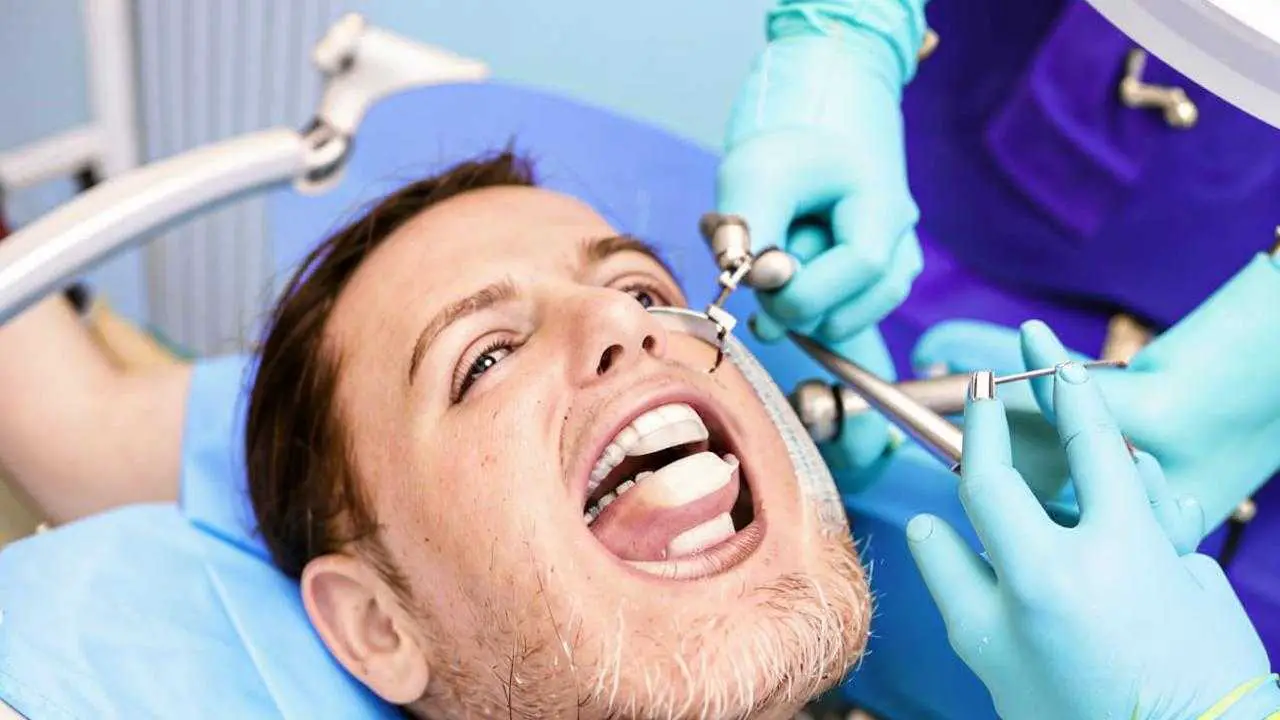February 19, 2014 وقت القراءة ~ 1 min عدد القراءات 9061
When a person loses teeth, the bone tissue beneath them atrophies. Left unloaded, it atrophies, shrinking in size. The process occurs actively in the first year after extraction. The cells of the mucosal cavity fill the space of the extracted tooth and block the growth of bone cells.
Causes of atrophy:
- Gum disease;
- endocrine, infectious diseases;
- tooth loss.
Regardless of the causes, the patient wants to restore the aesthetics and chewing function of the dentoalveolar apparatus.
If gum disease is a dental problem, in the case of endocrine disorders, treatment begins with an examination of the organs where the malfunction occurred. If the endocrinologist finds no problems, then the dentist performs an oral examination.
How to stop bone loss
Stopping atrophy can be helped by replacing missing units of the tooth row. Ways:
- removable or bracket dentures;
- bridges;
- implants.
The purpose of removable or bracket dentures is to restore chewing function. They do not restore the bone; under these prostheses, the bone continues to deteriorate.
A bridge is a more aesthetic and comfortable design, but it does not protect against atrophy.
Implantation is the best way
After installation of the implant, the bone tissue “does not notice” the lack and, having received the necessary load, holds it firmly. An effective method is one-stage implantation in the hole after removal (the implant is implanted at the same time as the removal).
If it is not possible to perform a one-stage implantation, it is better to make a bone graft immediately. Then it will retain its volume for 1-1.5 years.
You can see how this happens in the section “Tooth extraction”.
